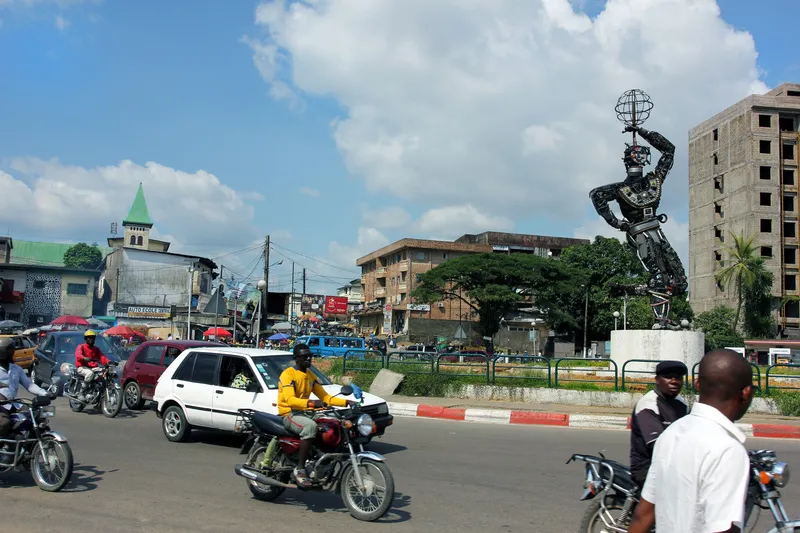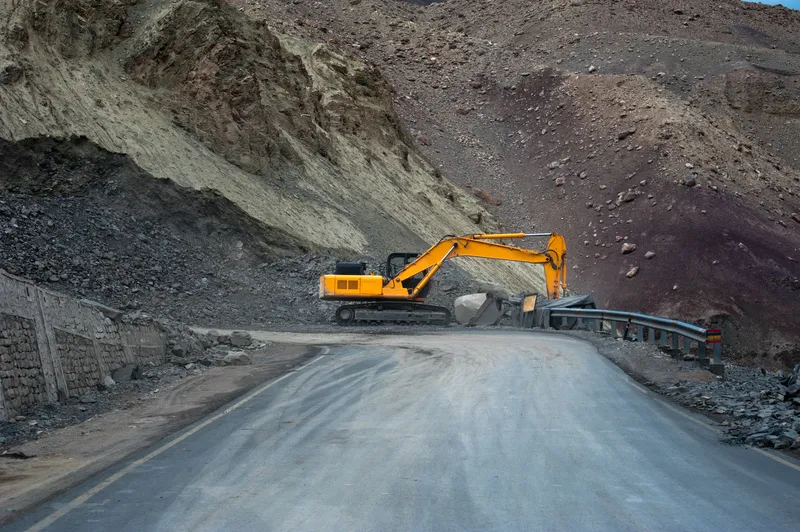Ghana is giving official approval for a new budget to help develop the country’s road network. The plans call for US$313.5 million to be spend on carrying out 14 major road projects. In all, 381km of roads will be improved. The work will be carried out in Ghana’s Ashanti Region, Brong-Ahafo Region, Eastern Region and Northern Region.
July 3, 2019
Read time: 1 min
Ghana is giving official approval for a new budget to help develop the country’s road network. The plans call for US$313.5 million to be spend on carrying out 14 major road projects. In all, 381km of roads will be improved. The work will be carried out in Ghana’s Ashanti Region, Brong-Ahafo Region, Eastern Region and Northern Region.







